News
EPJ B Highlight - Exploring the high-temperature performance of cadmium chalcogenides
- Details
- Published on 13 March 2025

Through a combination of experimental and theoretical analysis, researchers have gained new insights into the thermal stability and degradation of cadmium chalcogenides at high temperatures.
Cadmium chalcogenides are an important family of materials in which cadmium (Cd) forms a chemical compound with either tellurium (Te), selenium (Se), or sulphur (S). These materials are known for their useful electronic properties, as well as their strong thermal stability and high natural abundance. Yet despite these useful properties, researchers still have much to learn about how cadmium chalcogenides perform at the high temperatures required for many practical applications
Through new analysis published in EPJ B, researchers led by Zalak Kachhia at Sarder Patel University, India, present a detailed exploration of the thermal properties of cadmium chalcogenides, revealing new insights into how these materials degrade above certain temperature limits.
Carlos Damián Rodríguez Fernández new representative of the EPS Young Minds in EPJ Scientific Advisory Committee (SAC)
- Details
- Published on 07 March 2025
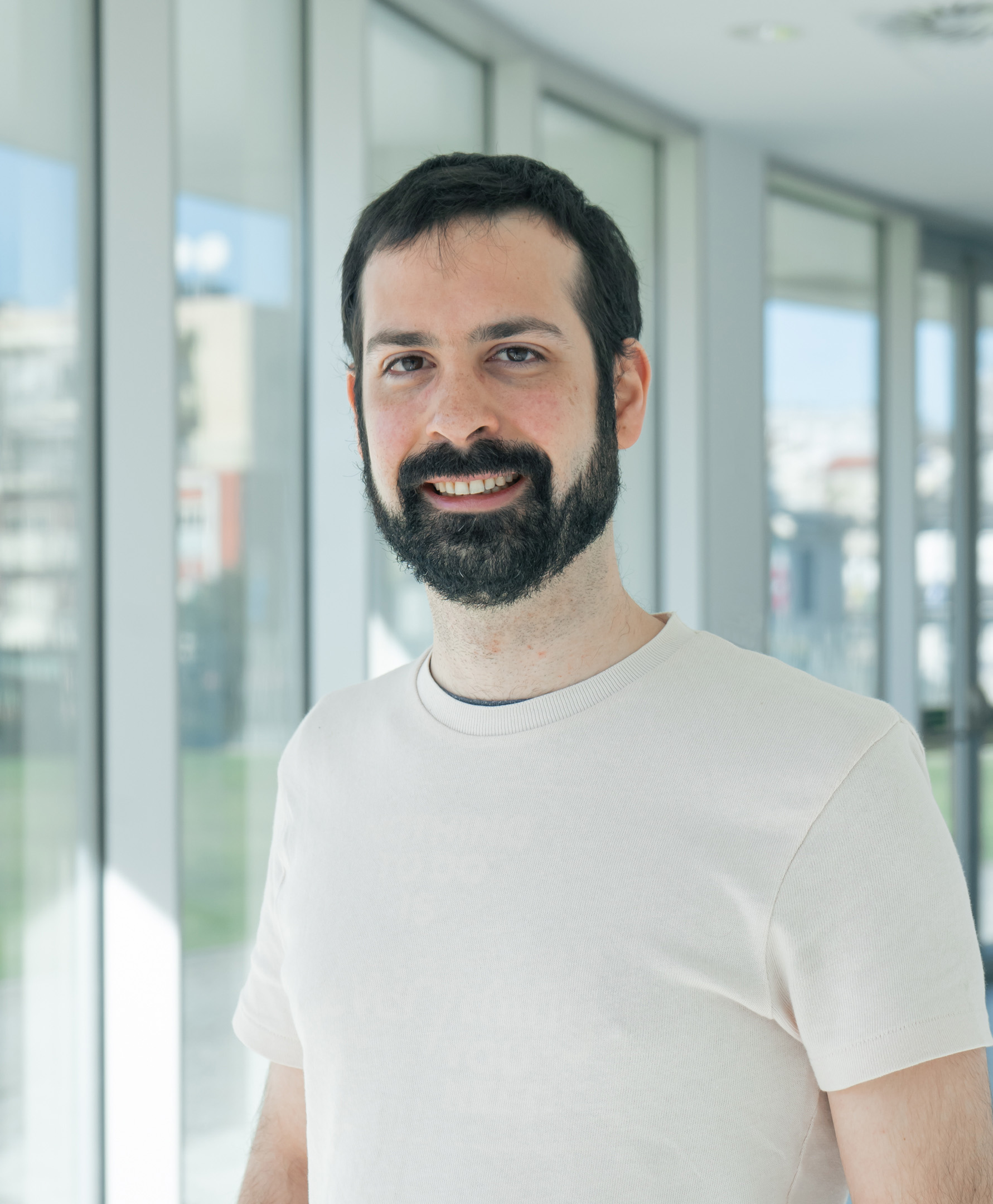
The Steering Committee of EPJ is delighted to welcome Carlos Damián Rodríguez Fernández, as the representative of the EPS Young Minds which joined the Scientific Advisory Committee last year. He is replacing Mattia Ostinato.
Carlos Damián Rodríguez Fernández is a post-doctoral researcher in the Paulo Ferreira's group at the International Iberian Nanotechnology Laboratory (INL, Braga, Portugal), where he works studying at the molecular level the interfacial structure and interactions of ionic liquids with electrode materials for advanced batteries. He is also part of the Mesturas Group of the University of A Coruña (UDC, A Coruña, Spain) and a member of the Action Committe of the EPS Young Minds Programme since 2022.
EPJ Plus Focus Point Issue: Nonlinear optical systems and applications
- Details
- Published on 19 February 2025

Guest Editors: J. Mou and Q. Zhou
Nonlinear optical systems have played a key role in modern technology. Innovations in the field of nonlinear optics have driven the development of several applications in efficient optical communications, quantum computing, and precision sensing. In this Focus Point on Nonlinear Optical Systems and Applications, cutting-edge research on nonlinear optical systems is discussed in depth, which not only focuses on the nonlinear dynamical behavior and noise effects in optical fibers but also explores the construction and application of nonlinear optical systems. These studies are crucial to further promote the performance optimization of optical networks. It is worth mentioning that the nonlinear optical system can be used as a pseudorandom number generator, and the complex pseudorandom sequences can be well applied in cryptography. In the future, research on nonlinear optics is expected to realize more stable optical communication and further increase the communication speed.
The articles included in the Topical Collection are available here and are freely accessible until 31 March 2025. For further information read the Editorial.
EPJ A Topical Collection: The Nuclear Many-Body Problem
- Details
- Published on 19 February 2025
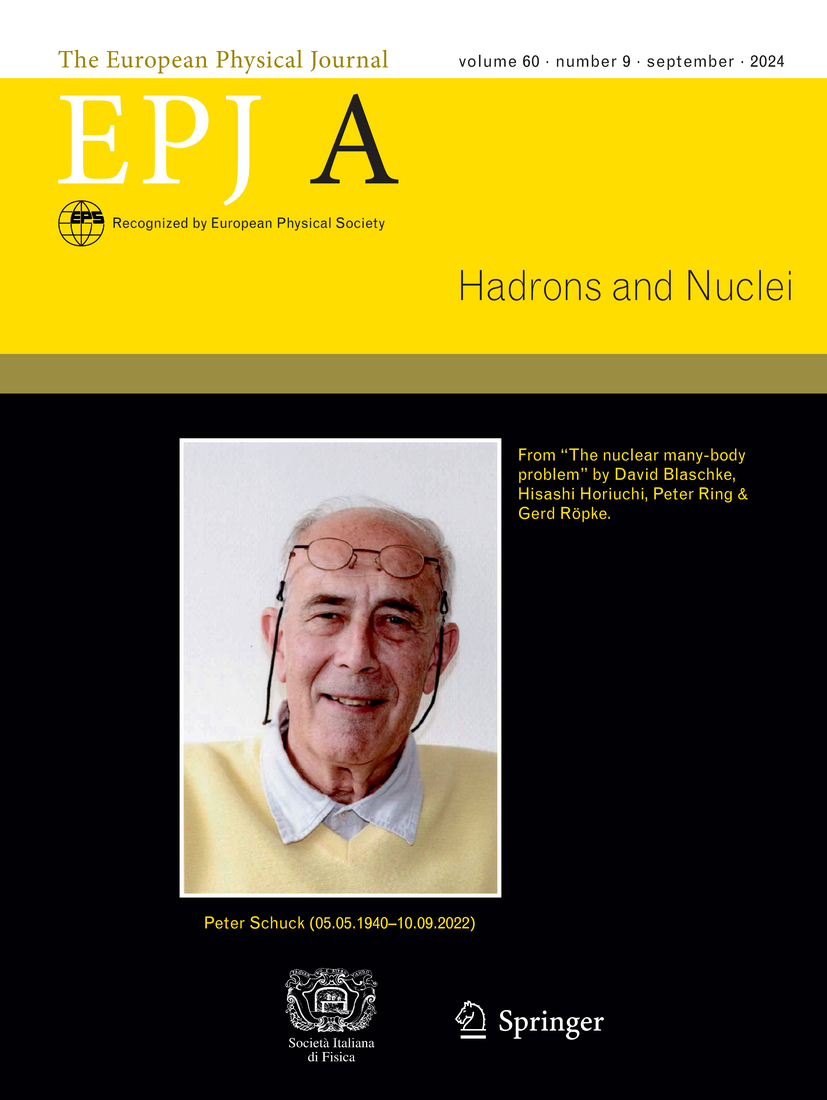
Guest Editors: David Blaschke, Hisashi Horiuchi, Peter Ring, Gerd Röpke
This Topical Collection of the European Physics Journal A is devoted to recent progress in the nuclear many-body problem. In particular, it aims at a comprehensive compilation of developments related to the work of a pioneer in that field, Peter Schuck, who passed away in 2022.
The Topical Collection is considered as addendum and continuation of the seminal textbook of P. Ring and P. Schuck on “The Nuclear Many-Body Problem”, where different concepts have been elaborated further within a broad international collaboration. For instance, the quasi-particle approaches in connection with nuclear superfluidity and cluster formation in nuclear systems, in particular alpha-particle condensation and quartetting at subsaturation densities, have been brought forward. These advances obtained in the nuclear many-body problem can also be applied to other systems, for instance to solid state physics.
The articles included in the Topical Collection are available here and are freely accessible until 31 March 2025. For further information read the Editorial.
EPJ A Topical Collection: Nuclear photonics: overview and perspectives
- Details
- Published on 17 February 2025
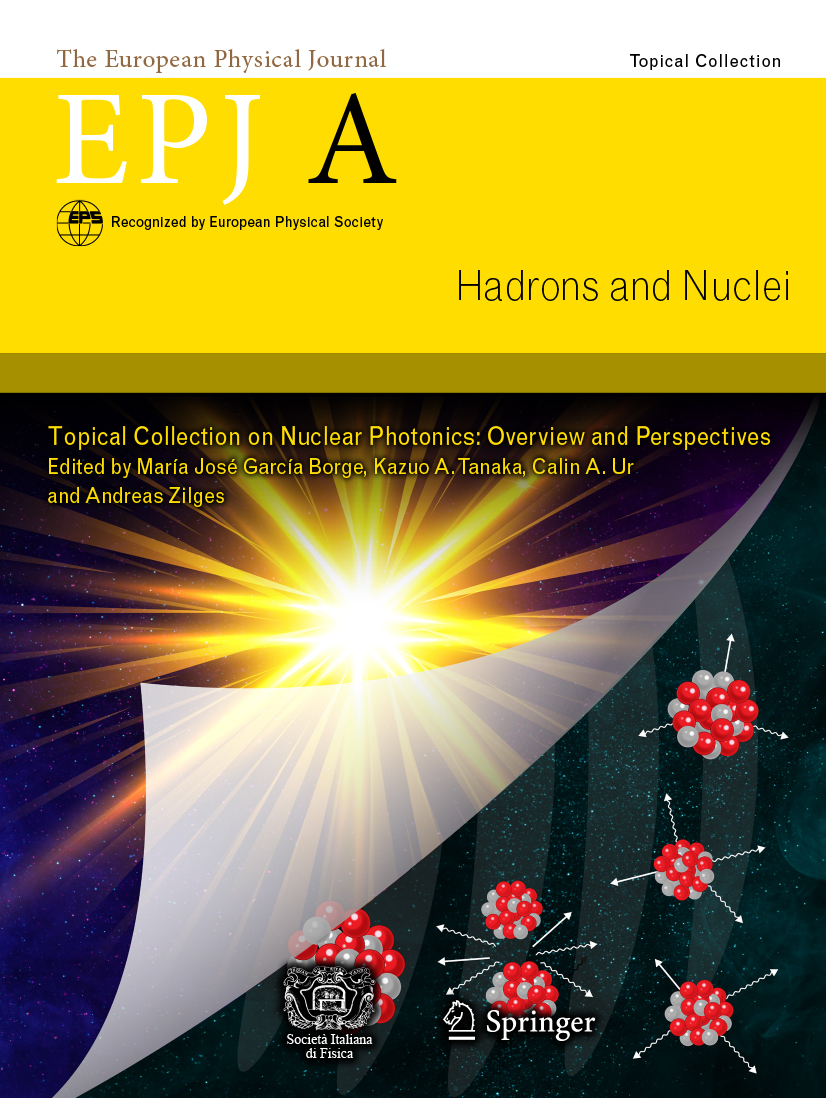
Guest Editors: María José García Borge, Kazuo A Tanaka, Calin Alexandru Ur and Andreas Zilges
Nuclear Photonics is a major development of Photonics, which has undergone a rapid evolution and transformation over the past decade. Until recently, the field was mainly related to the photonuclear reactions induced by gamma rays, in the range of MeV energy. The Chirped Pulse Amplification method has been refined since its discovery in 1985, leading to the development of laser systems able of achieving a focused intensity as high as 1023 W/cm2. At this level of intensity, the laser-matter interaction enters the relativistic regime and the laser beam can penetrate the solid density without any difficulty, accelerate the electrons and ions and generate radiation in the gamma-ray energy range from a few hundred MeV to GeV. The comprehension and control of these interactions will facilitate the exploration of novel domains within nuclear photonics by using intense laser light.
EPJ Plus Focus Point Issue: Citizen science for physics: from education to crowdsourcing fundamental research
- Details
- Published on 17 February 2025

Guest Editor: Despina Hatzifotiadou
Citizen science is growing in popularity and is certainly encouraged by many stakeholders, as it cements that much-needed interrelation of a modern society with the scientific and technological understanding of its members, and as a powerful tool to promote public engagement in general.
This focus point aims to foster research-level citizen science in physics, with contributions from the Extreme Energy Events (EEE) project, ATLAS Open Data, Name that Neutrino (IceCube), Gravity Spy, and LHC@home, and further revisits applications to social physics and the gamification of quantum science. Additionally, extended reviews of the results from notable European initiatives (REINFORCE, ASTERICS and ESCAPE) are presented.
This collection provides further impetus for the physics community to find new ways of connecting both fundamental and applied research with the growing demand and support for citizen science.
All articles are available here and are freely accessible until 30 April 2025. For further information read the Editorial.
EPJ Data Science Highlight - Mapping the cross-generational impact of musical sampling
- Details
- Published on 14 February 2025
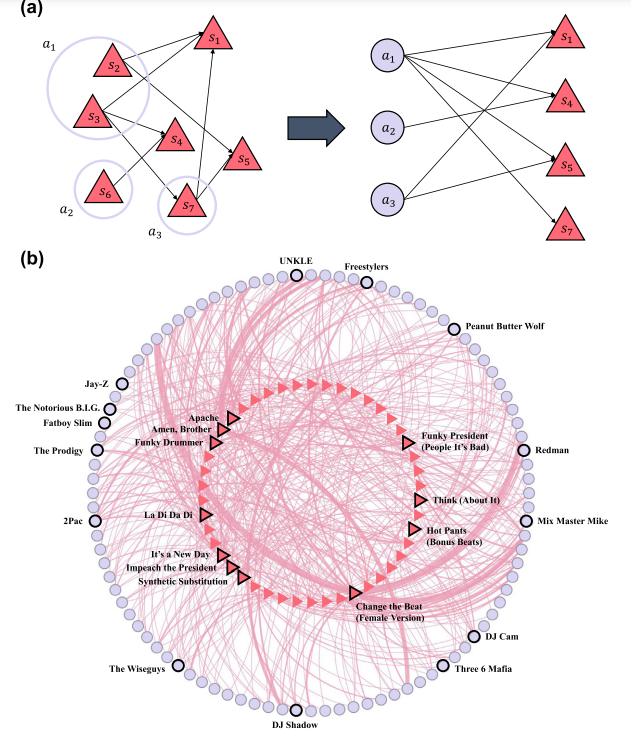
Advanced network analysis reveals how musical sampling has driven the evolution of contemporary music, and enabled the revival of dormant musical styles to across generations.
Sampling has helped musicians to craft a rich and diverse musical landscape, and has bridged the gap between different generations of creators. By acting as ‘cultural genes’ which are passed down and incorporated into new compositions, samples can fundamentally shape the genre, mood, and identity of contemporary music: posing questions about how sampling has influenced the evolution of popular music over time.
Through new analysis published in EPJ Data Science, Dongju Park and Juyong Park at the Korea Advanced Institute of Science and Technology provide new insights into how sampling has driven the constant development of music, revived styles dormant for generations, and fostered connections between generations of musicians. Their work demonstrates the complex nature of musical evolution, and how it can be understood using the powerful mathematics of network frameworks.
EPJ H now explicitly invites submissions of tandem papers
- Details
- Published on 14 February 2025

Encouraging physicists to actively engage with their discipline‘s history has long been a key goal of The European Physical Journal H: Historical Perspectives on Contemporary Physics (EPJ H). As part of these efforts, EPJ H now explicitly invites submissions of "tandem papers".
In their basic form, these are co-authored papers in which the physicist provides a state-of-the-art overview of a contemporary topic and the historian complements this with a historical contextualization. For examples of this, see the recent EPJH special issue on "History for Physics: Contextualizing modern developments in the foundations of quantum theory". In the future, we also welcome a wider variety of collaborations between historians and physicists. The Editorial Board explicitly also encourages expressions of interest in this format and offers support, both for individual researchers looking for suitable tandem partners (from history as well as from physics) and for pairs of researchers seeking to develop the tandem format.
For any inquiries, please reach out to Bernadette Lessel, This email address is being protected from spambots. You need JavaScript enabled to view it. .
EPJ ST Highlight - Dynamics of fluid flow on (and off) inclined fibres
- Details
- Published on 10 February 2025

An empirical analysis of oil flowing down an inclined fibre has suggested how the structure and dynamics of droplet formation and drop-off is affected by the multiple forces involved in this deceptively simple phenomenon.
The commonplace phenomenon of liquid drops falling from a surface is, perhaps surprisingly, not yet fully understood by scientists. Understanding the complex interactions between the forces involved here would be helpful in industry, where structured packings in cooling towers must be designed to encourage droplet formation in fluid flow but coatings mixed to maintain a pristine, smooth surface. Furthermore, the design of meshes used to harvest clean water from fog or dew, where this is limited, relies on an understanding of how the water condenses on the fibres and drops into collection tanks.
Atefeh Pour Karimi, a PhD student at the Institute of Heat and Mass Transfer, Aachen University, Germany and her supervisors and collaborators have analysed the dynamics of this type of flow in detail and published their findings in the journal EPJ Special Topics (EPJ ST).
EPJ QT Highlight - Generating true randomness with quantum measurements
- Details
- Published on 10 February 2025
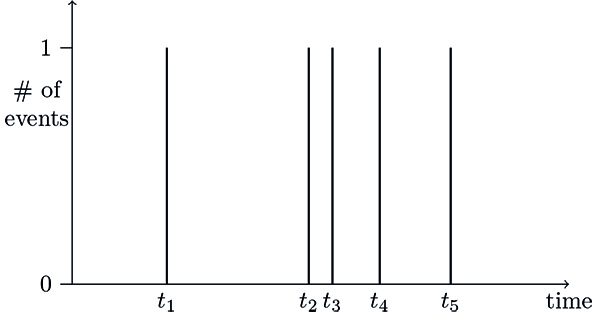
A new approach can generate random information with extremely high efficiency through a process involving the emission and subsequent detection of single photons
From simulation to cryptography, randomness is a vital resource in many areas of technology. Ideally, random sequences can be created by measuring nondeterministic processes, whose outcomes are inherently unpredictable. Currently, many systems rely on pseudorandom processes such as thermal noise or chaotic oscillation, which exhibit some unpredictability, but are still fundamentally deterministic.
Through new research published in EPJ Quantum Technology, Jonas Almlöf and colleagues at Ericsson Research and the KTH Royal Institute of Technology, Sweden, show how these challenges can be overcome by exploiting the inherently random principles of quantum mechanics.
Their approach offers a realistic route to generating completely unbiased random sequences of information, and also enables far greater efficiency compared to existing methods.





